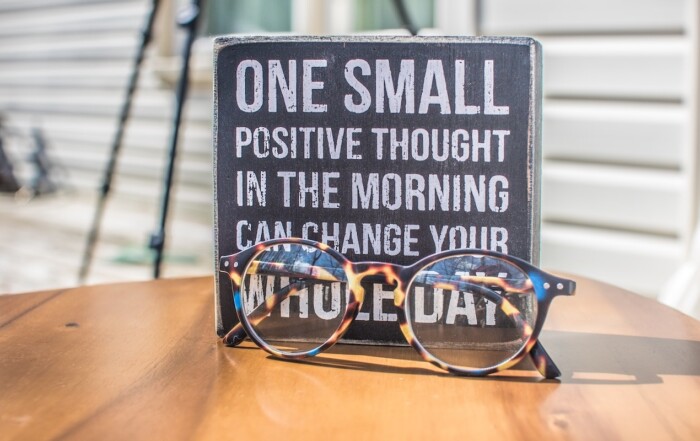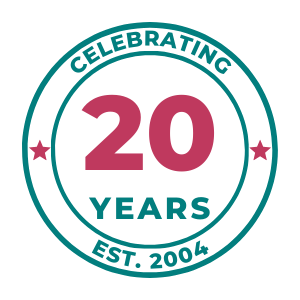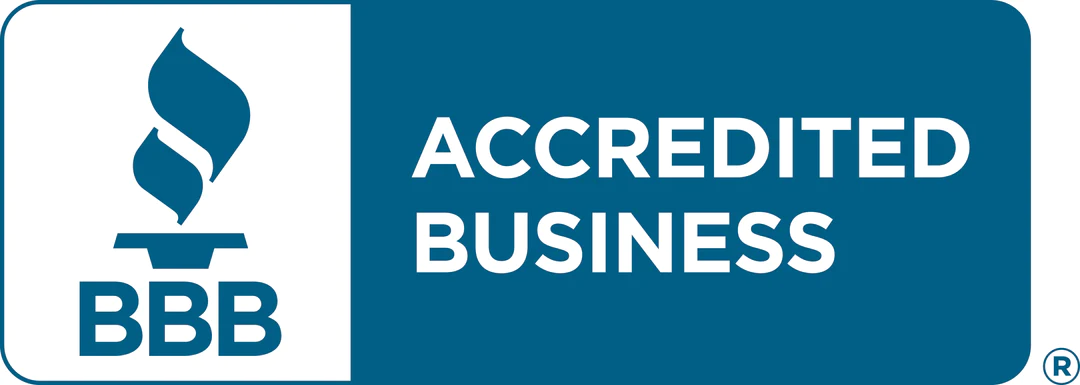College Admissions Tips and Guidance
Vermont College Tour
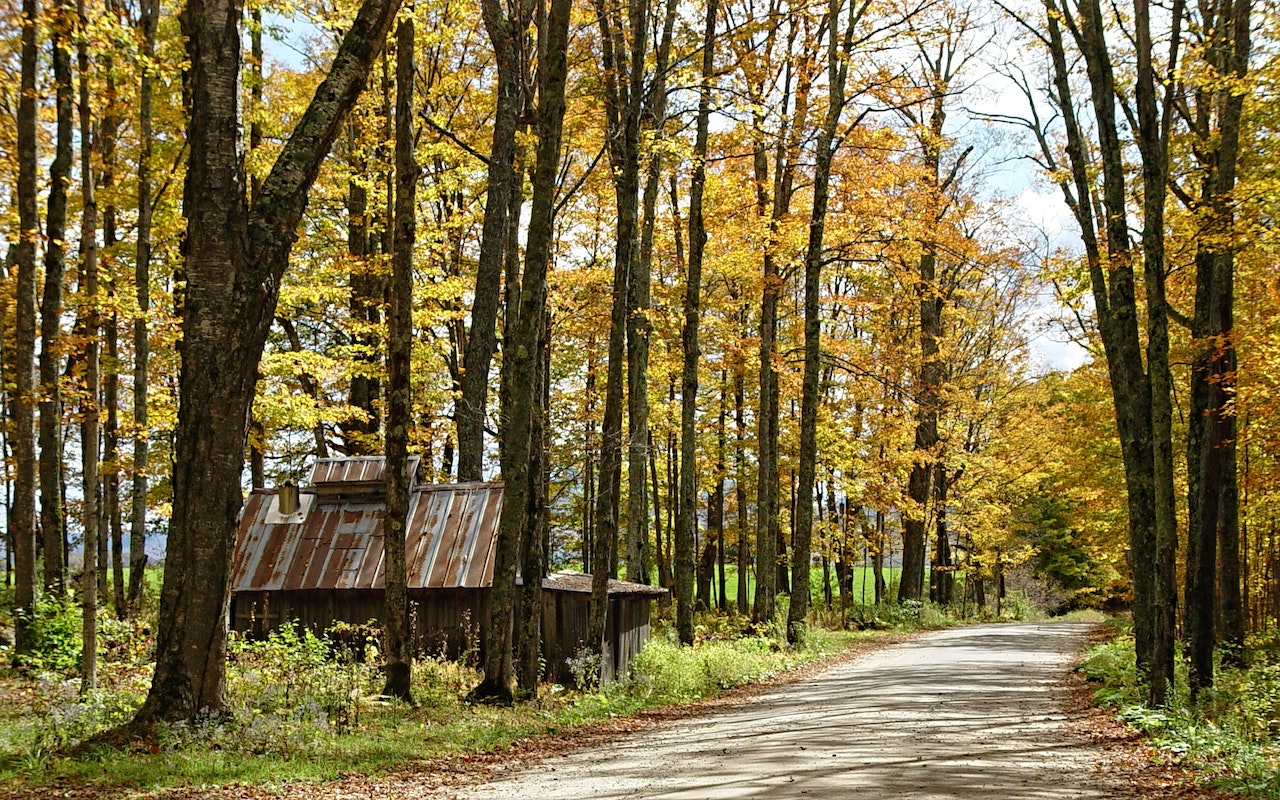
Explore Our Articles
Recent Posts
Popular Categories
Get In Touch
On Social
By Phone or Text
(617) 734-3700
By Mail or Email
1678 Beacon Street
Brookline, MA 02445
By Form
Educational Advocates
Our objective is to guide the family in finding options where the student will not only get admitted, but thrive and find success once on campus.
Vermont College Tour
Vermont is a popular destination for Educational Advocates’ college applicants, who are attracted to the state’s drivable location, accessibility of skiing, hiking and other outdoor activities, Ben and Jerry’s, and the focus on environmental issues. Even more importantly, Vermont’s amazingly diverse educational options truly offer something for every applicant. I was “lucky” to be included on a consultant tour of 14 colleges in 5 days, and here are some highlights:
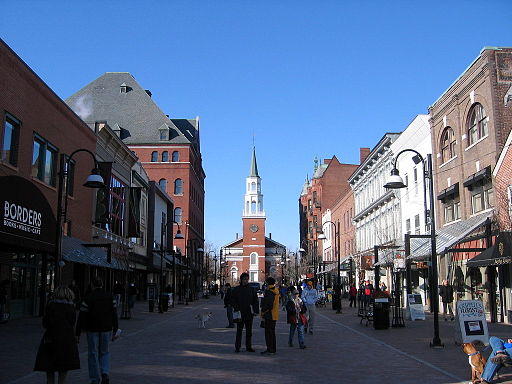
Burlington, home of the University of Vermont, is known for its vibrant community. Photo Credit: Jared and Corin, CC BY-SA 2.0 via Wikimedia Commons
The University of Vermont is the flagship state university located in beautiful Burlington, which offers a vibrant music scene and abuts Lake Champlain. Its relatively small size, with about 10,000 undergraduates, makes it feel more manageable, with smaller class sizes compared to many state universities. Given Vermont’s small population, UVM is one of the few state universities where out-of-state students outnumber in-state students. UVM mirrors Vermont’s demographics, without much racial or cultural diversity, however students are accepting and value differences. They range from laid-back to serious, with an honors college offering housing, seminars, priority registration and other perks. No separate honors application is required, as candidates are invited during the admissions process. Vermont offers strong business, environmental, and pre-health programs, with the UVM Medical Center adjacent to campus. Switching between majors is relatively easy, and unique offerings include Wildlife and Fisheries Biology, Food Systems, and Data Science. All students live on campus their first year, and in later years most gradually move off to apartments in Burlington.
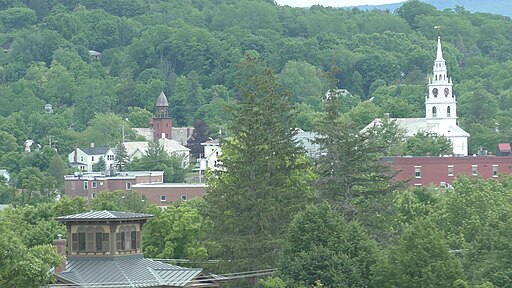
Middlebury College offers a quintessential New England campus. Photo credit: Kenneth James Burchfiel III, CC0, via Wikimedia Commons
Middlebury College is a small (2,450) very selective (18.4% overall acceptance rate) liberal arts college in a quintessential New England setting. It draws carefully selected students from all 50 states and many countries, who are attracted to Middlebury’s strong environmental studies, foreign languages, and an overall academically rigorous but caring community. The most popular major is economics. Students are generally athletic and outdoorsy, live on campus all four years, and create a strong community bond to which they remain very loyal after graduation. Committed applicants should know that almost half of recent incoming classes have been admitted through early decision, with an ED admission rate of over 40%.
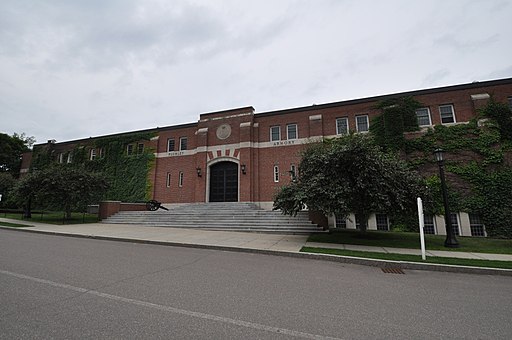
Plumley Armory at Norwich University, known for its military offerings. Photo Credit: User:Magicpiano, CC BY-SA 4.0 via Wikimedia Commons
Norwich University has existed for almost three hundred years, and is most known as a military school. I was surprised to learn that one third of its 2,400 students are now traditional civilian students, one third are cadets seeking a military commission, and one third attend as cadets not seeking a military obligation. All students take leadership development classes. The campus is in a rural location and facilities have been recently updated. Admissions are test optional and rolling, except for the nursing program which requires SAT scores over 1050. Admissions is looking for students who are motivated, value service to others, and show initiative. Students lean conservative and value fitness. Well-regarded programs include architecture, nursing, and cyber-security, and criminal justice is the most popular major.
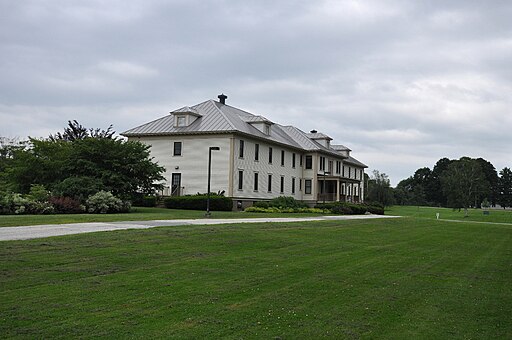
A building at Vermont State University which now encompasses three colleges. Photo credit: Magicpiano, CC BY-SA 3.0, via Wikimedia Commons
Vermont State University is a public technical college encompassing the colleges of: Castleton University, Northern Vermont University, and Vermont Technical College. The university has campuses in Randolph Center, Williston, and other locations, serving 1,453 students. Classes are small and students learn practical skills, with a 97% placement rate. Programs of study include agriculture, aviation, business, computer software, engineering, construction management, dental hygiene, paramedicine, nursing, veterinary technology. Many majors are structured to allow students to earn associates’ degrees after two years of study, to ensure they are marketable before completing four years. Students hail mostly from Vermont but this school offers a very affordable out-of-state tuition and potential regional discounts for programs not offered in an applicant’s home state. Be aware, however, that most students leave campus on the weekends. Students are mature and goal oriented, with diverse ages and backgrounds, including veterans.
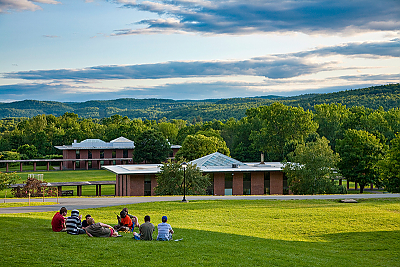
Landmark College campus. Photo credit: Landmark College website.
Landmark College offers programs for about 500 students with learning disabilities, ADHD and ASD. It is primarily a two-year institution and has recently introduced four-year bachelor’s degrees. While some students go to Landmark after not being successful at other colleges, over 90% of those receiving Landmark associate’s degrees move on to bachelor’s programs. Support services are individualized and integrated into the curriculum. Extracurricular opportunities help students develop confidence and refine social skills. In the information session, students told compelling stories about how Landmark has changed their lives, helping them understand themselves and others better. Landmark also offers summer programs for middle and high school students, and a transition-to-college program.
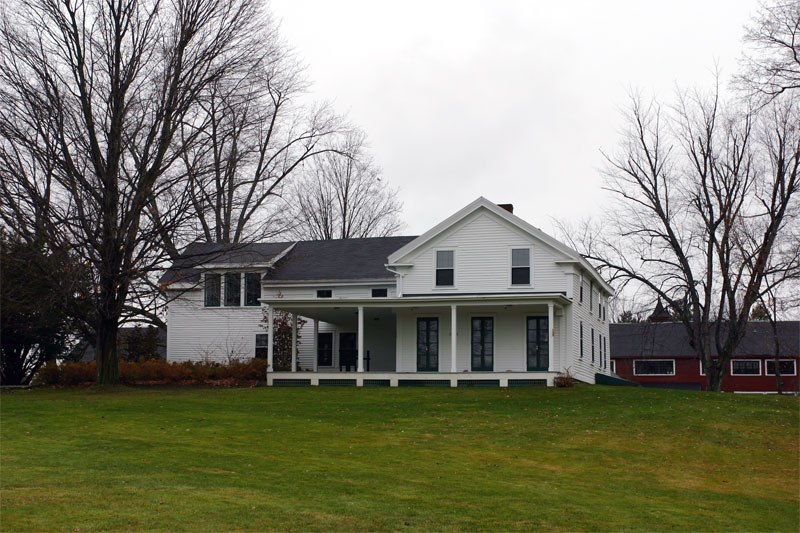
The admissions building at Bennington College. Photo credit: Redjar~commonswiki
Bennington College is all about choices. Its 700 students take classes their first year while thinking about their “Plan” and how to create intersections between their areas of interest. At the beginning of sophomore year students write their Plan, detailing what they want to study, why, how their interests fit together, and what coursework will inform their study. They present it to a committee, which may approve it or request further refinement. An approved Plan becomes the student’s guiding document, a work in process to guide their exploration of the liberal arts. Students do four fieldwork terms before they graduate, providing experiential learning. Bennington expects thoughtful and self-directed students, it is test optional, and the supplemental essays are considered a very important component of the application. Interviews are valued to demonstrate that applicants understand what they would be getting into at Bennington College.
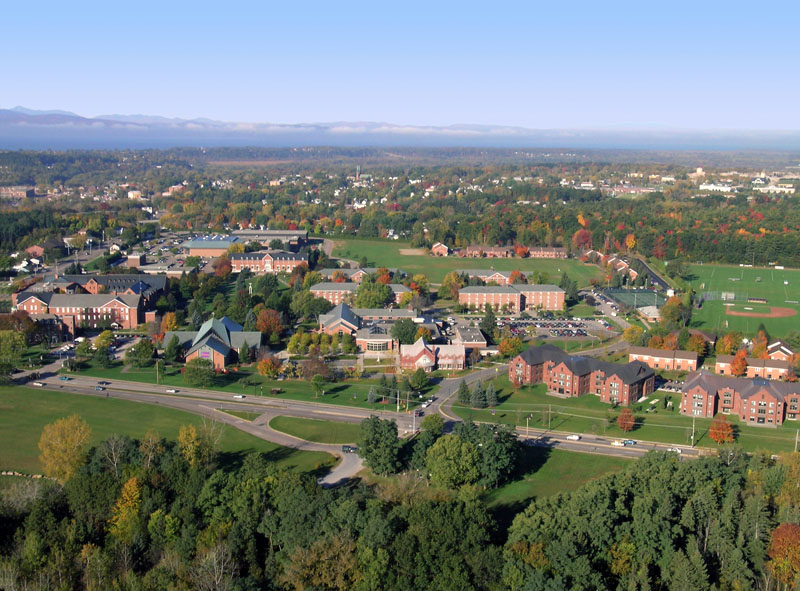
An aerial view of Saint Michael’s college campus. Photo credit: MikeDKnight at English Wikipedia, CC BY-SA 3.0 via Wikimedia Commons
Saint Michael’s College is a small (2,000 students) Catholic school located just outside Burlington. Students study the liberal arts/sciences and business, and form a close-knit community. 98% of students live on campus and 20% are varsity athletes. An Adventure Sports Center provides opportunities to hike, rock climb, kayak and ski, and offers an instructor training program. Students participate in fire and rescue EMS programs, and “St. Mike’s” is proud that its low-income students graduate at the same rate as others. Academic support is conveniently located in the library, and even students in the honors program take advantage of tutoring resources.
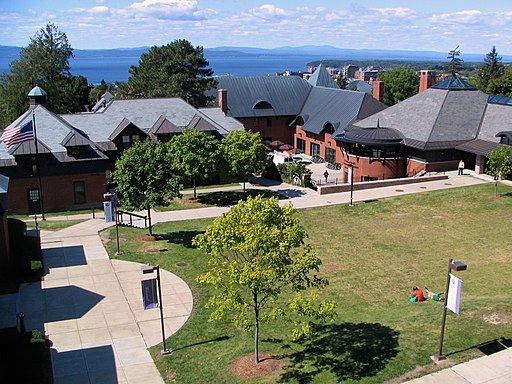
Champlain College campus. Photo credit: Nightspark, Public domain, via Wikimedia Commons
Champlain College is located in Burlington, just downhill from UVM. Its 2,200 students enjoy an upside-down curriculum that allows them to dive immediately into their areas of interest and begin internships from freshman year. Classes are small and students are on a first-name basis with professors. Programs vary in selectivity, with limited seats in some programs. While admissions are rolling, the more competitive programs such as game design may fill early. Applications to many majors require a portfolio, including creative media, game art and animation, game design, graphic design and digital media. Computer Networking and Cyber Security is the second most popular major, after Business. Students are housed in 19 former mansions, and sports are purely recreational or intramural. The ski and ride club is the biggest on campus, and students enjoy reciprocity with UVM and St. Mike’s. Internships are plentiful and provide valuable industry connections.
Learn more about how we guide students in their college journeys by scheduling an introductory interview with a college admission consultant. You can also watch our video on applying to college for students with learning disabilities and ADHD.






